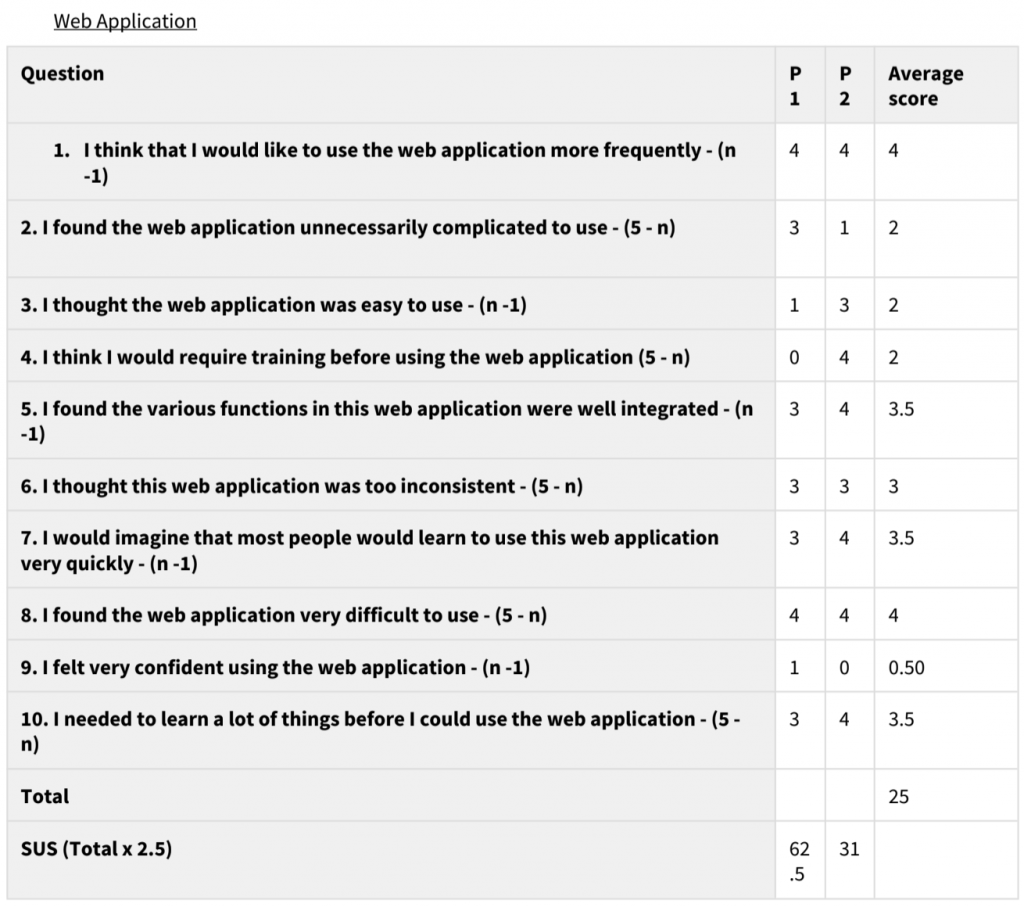Context
As leaders in medical software, it was time to expand into the rest of the African content. In order to successfully launch new products in a new market, we needed to have a good understanding of the market. The goal was to deliver a product to market that would be well adopted and address user needs. A total of five African countries were researched mainly: Kenya, Zambia, Uganda, Botswana and Namibia.
Senior UX designer
Sep 2018 – Oct 2019
Process

Approach
I use a design thinking lead approach and user centric design practice to achieve a great outcome for my employers and the user.
This approach has proven to be effective in my experience and I have adapted it to work in different projects and stages of product development.
Responsibilities
As the lead user research and designer on the project, my responsibilities included:
- Engage with stakeholders to understand the business problem and project requirements
- Conduct in person user research to understand user requirements
- Assist in recruiting research assistants for each country
- Train and manage research assistant in each country
- Construct research reports after each research study
- Provide recommendations on MVP based on research findings
- Create personas based on research analysis
- Create service blueprint
- Create user flows
- Map customer journey
- Create wireframes
- Design and prototype
- Plan usability Test
- Conduct Usability testing to test concepts with users
Discovery
Stakeholder Engagement
Workshop
Workshops were held with all individuals who could provide valuable input regarding the product. This included top management, middle management, call agents and account managers.
The workshop were aimed at obtaining a common understanding and agreement of what the product aimed to achieve. In the workshops we covered: business problem, business outcome, user groups, user outcomes and features which all aided in creating our hypothesis.
The workshop was a great way to have a good understanding of the product and the information gathered was used as input into the next step.
User Research
Research goal
The goal of the study was to have a good understand of the market and the targeted users of the product. The goal was to have a good understanding of the infrastructure, their internet connectivity (As this would be a web based application), electricity stability and their current way of working.
The object was to also identify the different users that would be using the application and what their activities would be.
Research Plan
The strategy and plan was:
– Recruit a suitable candidate in each country.
– Create a list of doctors (roughly 200) for each country and have the assistant call the businesses on
the list and secure an appointment during the time I would be in the country.
– Prepare questions to ask
– Prepare equipment, incentives etc.
– Do travel arrangements
– Arrive a day before the research and have a meet and great with the assistant.
Recruitment of participants
The participants were recruited based on the user profiles created in the stakeholder workshop.
For each country the participants were recruited as follows:
- A list of medical doctors was formed with contact details of all the doctors in the different cities we visited.
- We used the list to contact the practices/ doctors one at a time to schedule an appointment in a particular week.
- All approved appointment request were placed on a separate list
- Appointments were scheduled in our calendars along with necessary information.
Analysis of results
The results were analysed and user profiles and the different workflows where documented.
The research findings enabled us to group each country into two categories, primary and secondary. All the primary countries met a set of criteria which meant that we could potentially enter the market sooner. Countries categorised as secondary meant that we would enter at a later stage once the product is more mature as a more comprehensive solution is needed.
Based on the findings we were able to classify other countries into the two categories as their markets were similar to those we had visited.
Research Report

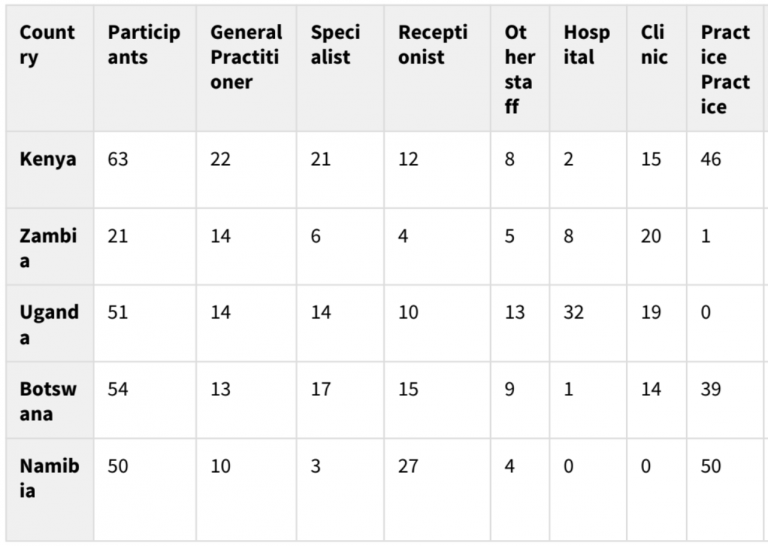
Competitor Analysis
A competitor analysis was conducted to compare our proposed product offering with those being used by the interviewed participants and other competitor products.
User Journey
Customer registration and onboarding

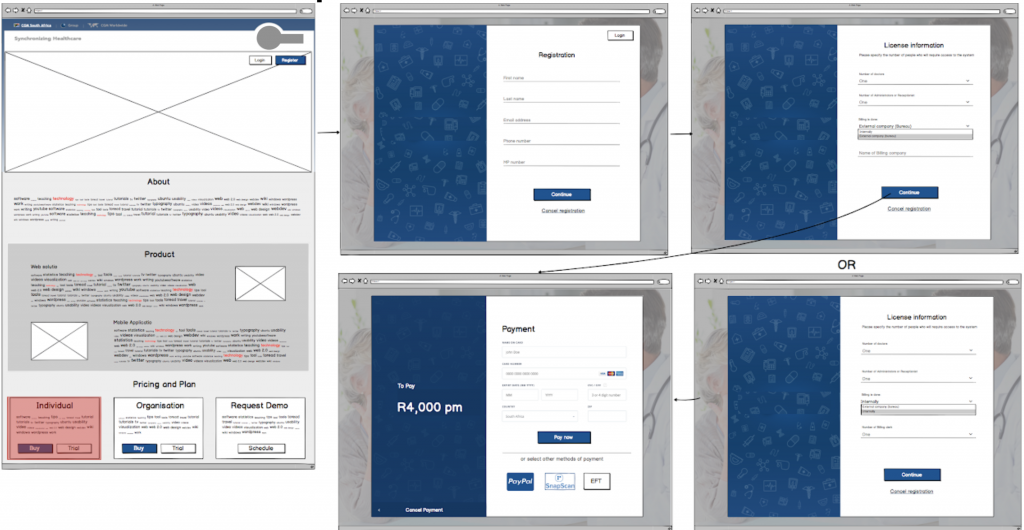
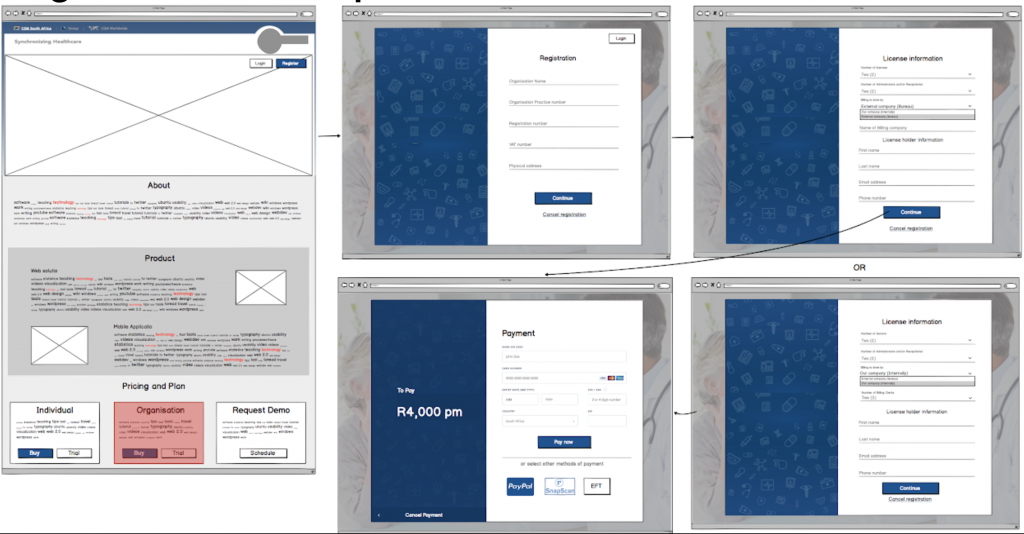
Service blueprint
A system that visualizes the relationships between different service components PEOPLE, Physical or digital EVIDENCE, and PROCESSES - That are directly tied to touchpoints in a specific customer Journey
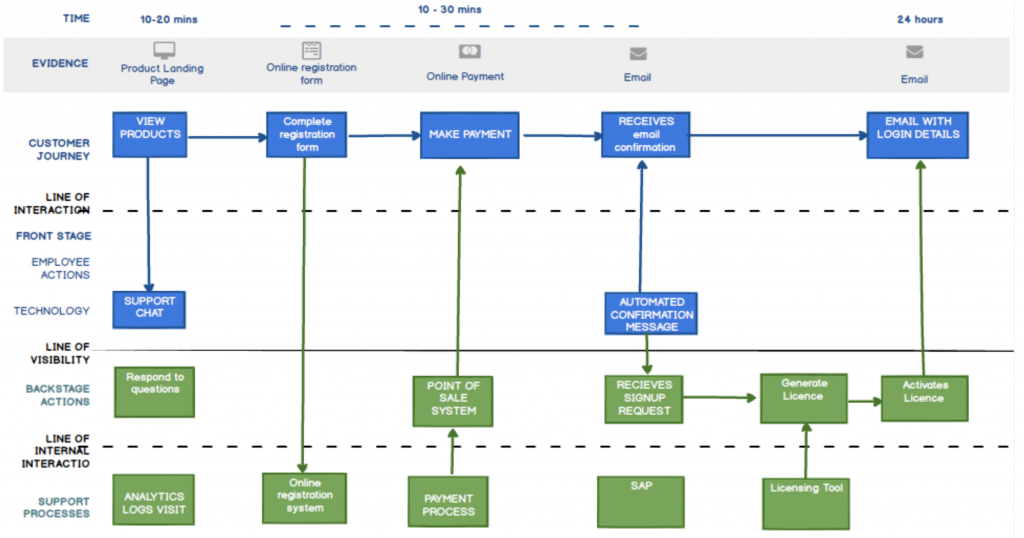
Usability Testing
Usability testing was conducted on a web and mobile application that worked in sync with each other. The web application would be used by an administrator in office and the mobile application on the go.
The mobile application user would use the app to check their appointments for the day and use it to capture the activity as they go about doing their work. Once they are done they would be able to schedule it for billing which would be done from the web application.
The objective of the usability test was to understand if the workflow that was created worked for the user and identify areas to improve for both the web application and mobile application.
Test Plan
- Invite users to participate in the usability study.
- Prepare test scenarios.
- Prepare devices and test equipment.
- Create user accounts
- Prepare scripts for moderators.
- Create feedback forms.
- Brief moderators prior to the test.
Conducting test
The usability test took place after hours at our premises.
Users were given a set of tasks to perform along with the relevant devices (mobile or Laptop).
Sessions where recorded using screen recorder and Zoom.
Each participant had a facilitator who observed and took note of how they went about doing the task
After the tasks were completed they completed a feedback form
Additional questions were asked in-between the test and after the test
Test results
Overview
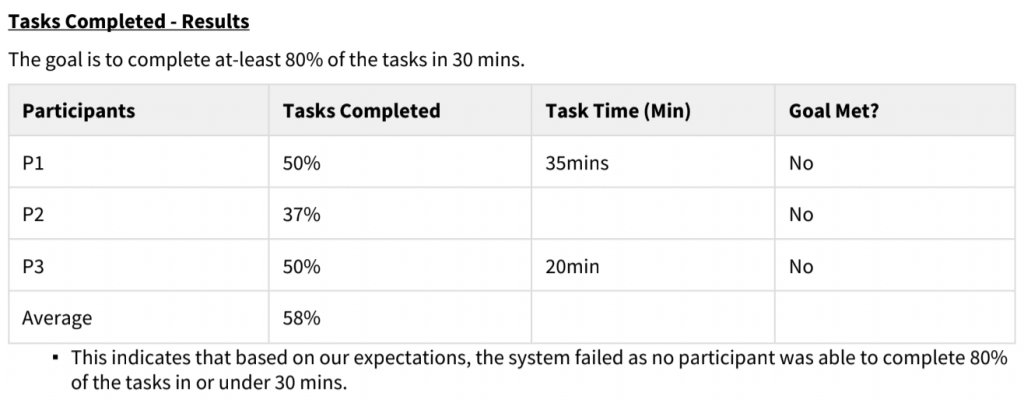

Observer assessment sheet - Results
- Doctor : Mobile application
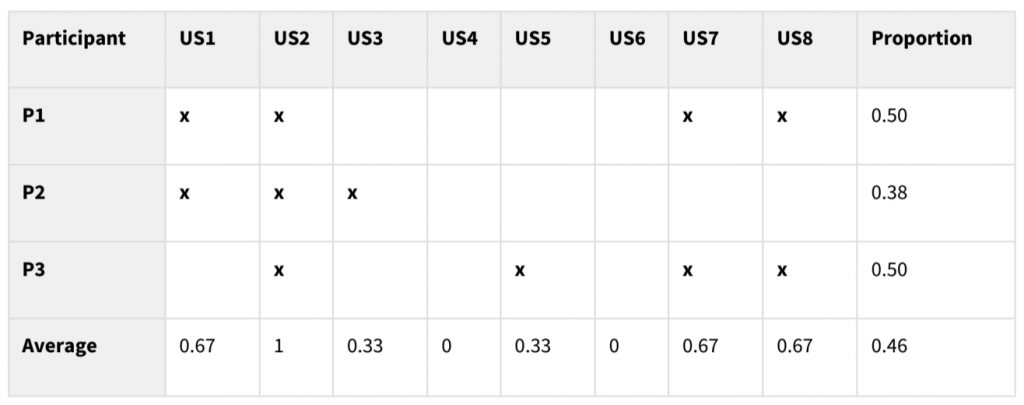
System Usability Score was used to evaluate the usability of the two applies. Below is the results
